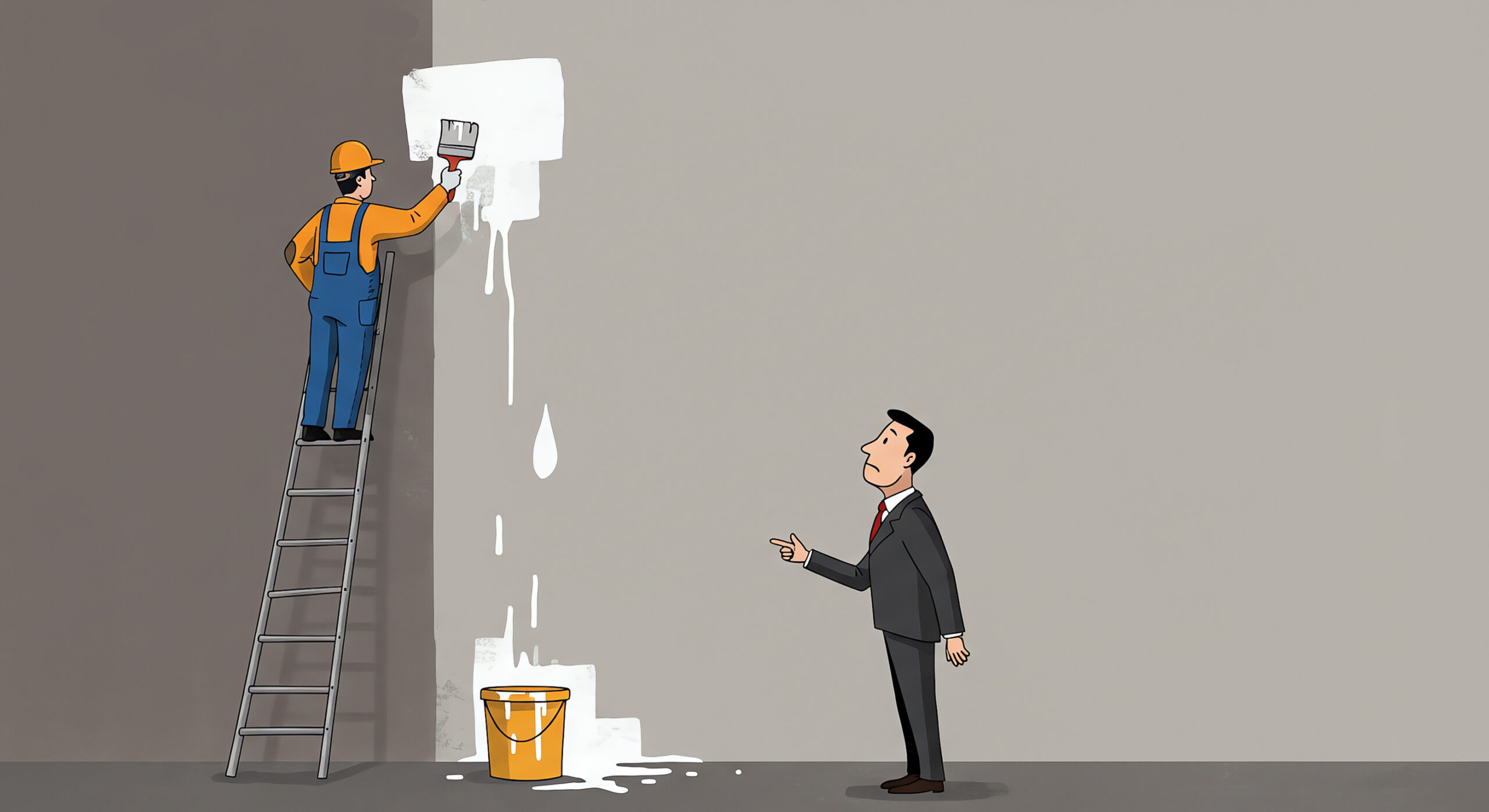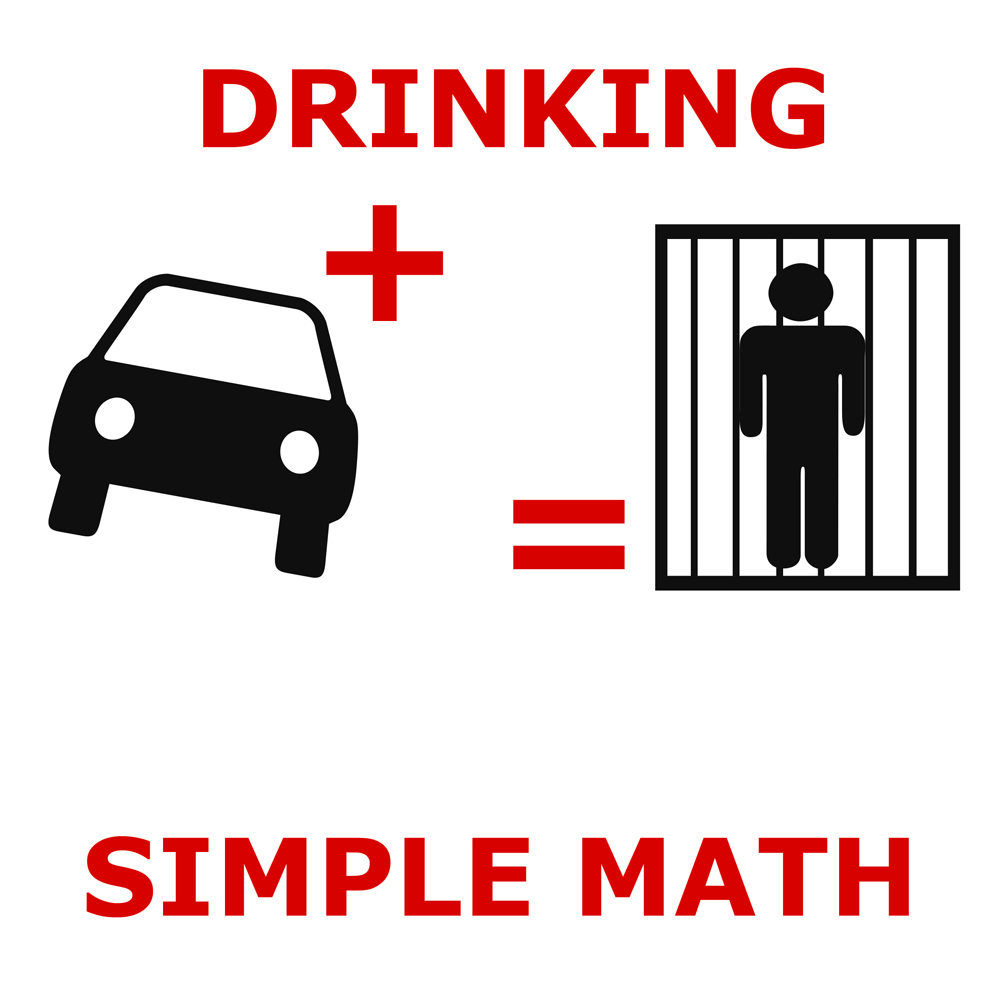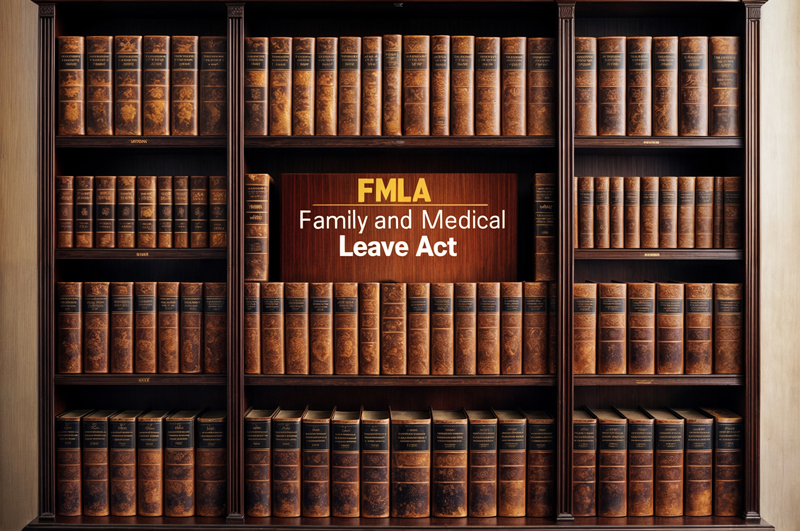Imagine three friends—Alice, Bob, and Charlie—agree to paint their neighbor’s barn. Unfortunately, their efforts take an unfortunate turn when several gallons of red paint spill onto the neighbor’s new convertible, causing $10,000 in damage. The neighbor sues all three for negligence. This situation illustrates how joint and several liability operates under Ohio law. When multiple parties contribute to a single injury, Ohio law allows each to be held responsible for the entire amount of damages. This means the injured party may recover the full $10,000 from any one of the defendants, leaving those defendants to seek contribution from one another afterward.
However, Ohio has modified the traditional rule through R.C. 2307.22. Defendants are generally liable only for their proportional share of damages unless a defendant is found to be more than 50% at fault. In the example above, if a jury finds that Alice was 60% at fault (for knocking over the paint), Bob 30% (for leaving the lid off), and Charlie 10% (for parking too close), only Alice would be jointly and severally liable for the entire $10,000. Bob and Charlie would owe only their respective shares.
This modern approach strikes a balance between ensuring injured parties can be fully compensated and protecting less-responsible defendants from disproportionate liability. In essence, Ohio’s rule ensures that those primarily responsible for the harm bear the greater financial burden—much like the person who causes most of the mess in a group project ends up doing most of the cleanup.
Bottom line, don’t spill the paint.
For guidance on navigating liability issues in Ohio, contact the author at djohnson@pselaw.com or 937-223-1130. At Pickrel, Schaeffer & Ebeling, our litigation team has the experience, knowledge, and ability to protect your interests.













